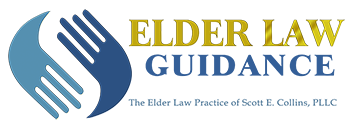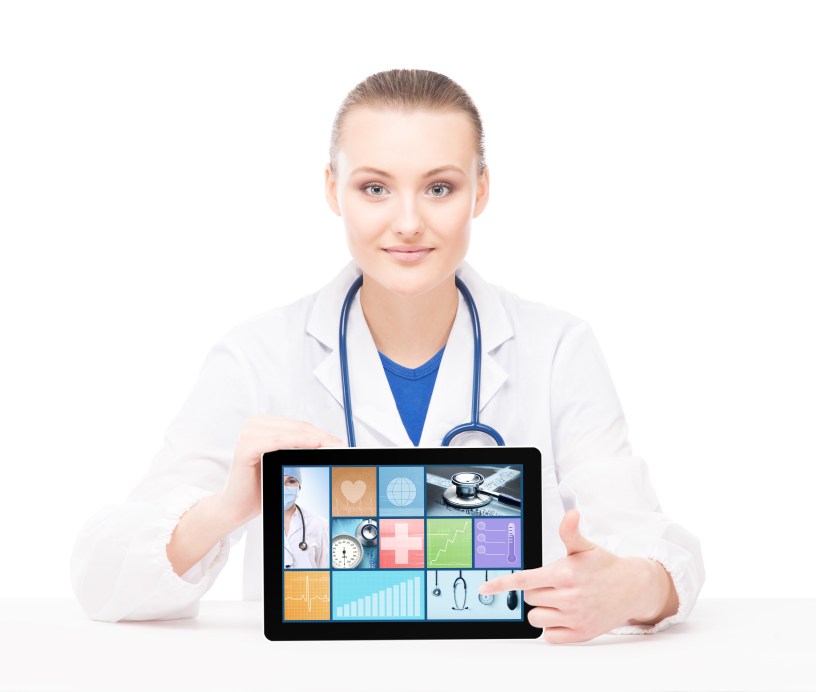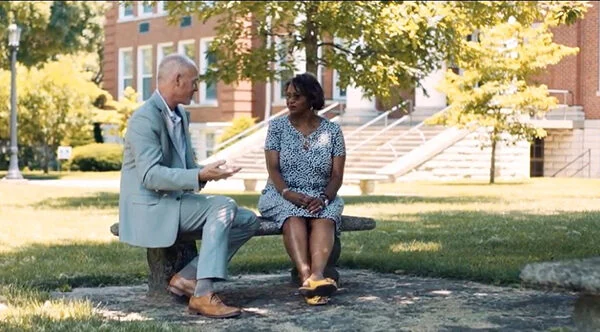[vc_row][vc_column][vc_column_text]The Centers for Medicare and Medicaid Services are looking to the future of the US health care system, and it is projected to be overloaded with seniors needing medical care. In 2010 the US elderly population accounted for about 13 percent of the US population yet accounted for 34 percent of the total health care expenditure. That percentage will continue to increase because of increasing longevity in the growing senior community. Depending on the region, estimates about the future costs of elderly health care may more than double between the ages of 70 and 90.
Government medical programs and services, insurers and manufacturers are tasked with finding ways to reduce the enormity of health care costs in particular as it pertains to senior care needs solutions. Lower costs and increasing efficiencies are the mandates to address the looming potential expenditure crisis. Enter the Internet of Medical Things (IoMT).
Digital technologies and their application to senior medical needs offer the best hope to address existing and future needs. You may have already read about the Internet of Things (IoT) which is a network of devices such as home appliances, software actuators, and vehicles including wheelchairs, not traditionally extended to internet connectivity. The IoMT is similar but reserved for a collection of medical devices and their applications that connect to healthcare information technology systems through online computer networks. The medical devices are digitally linked to Wi-Fi that allows machine to machine communication and through puts of data collection. The captured data can be stored and analyzed all the way from individual to metadata levels. The importance of controlling senior medical costs now and in the future cannot be understated.
Vitals-tracking wearables are already well-known medical devices. These devices monitor everything from daily physical activity levels, hypertension, cardiac ailments, diabetic levels and more. The devices send vital signs over the internet to medical monitoring staff who can alert health care providers when vital signs are out of the patient’s range of normal. Vitals-tracking wearables are also used in assisted living facilities, nursing homes and hospitals to help nurses and off-site physicians continuously monitor seniors’ vital signs passively.
Medication adherence tools are an electronic reminder system for proper consumption of prescription and other medications. These tools reduce the chances of missing or overdosing on medications. Medical adherence tools can decrease the number of hospitalizations or 911 calls prompted by the potentially serious consequences of improper dosing of medications thus saving costs on unintended medical attention.
Virtual home assistants are increasingly found in senior homes providing daily assistance such as environmental controls, medical advice, calendar reminders, as well as social connections to family and friends which reduces the risk of isolation and therefore can reduce depression. All of the benefits that a virtual home assistant can provide considerably reduce unnecessary life stresses and health problems which reduce costs.
Biomarker portable diagnostic devices are a staple in the senior age group as they need to be tested more frequently than most segments of the population. Rather than a trip to a pathology lab for blood testing et al., these smart and portable diagnostic devices can allow the senior to perform testing in the comfort of their own homes and get results that are formatted to be instantly shareable with medical care providers. The convenience factor and proactive nature of these devices allow for more frequent testing which can lead to early disease detection and its treatment which lowers the costs of health care.
Emergency assistance, fall detection, and “navigation guidance” back to their residence for dementia patients are all part of the personal emergency response systems available to seniors. Some of the fall detection systems are now equipping seniors with sensor belts that can identify a change in gait and can even deploy airbags to prevent injuries due to unintended falls. Fall-related health care costs can be staggering as it can include hospitalization in the event bones are broken, or a severe head injury occurs. These fall detection systems will trigger alerts to designated emergency contacts in the event of fall, emergency medical need, or re-homing of dementia or Alzheimer patient.
Seniors with disabilities including sensory and cognitive impairment can use disability assistance tools to control selection and volumes of streaming music, on-off switch programs for televisions, lights and thermostat controls. Many of these systems are being developed for voice recognition to reduce the need to interact with screens and buttons. Some of the existing tools include customizable colored buttons installed in the residence of the senior that alerts them to perform daily tasks like brushing their teeth. Upon completion of the task, the senior presses the button and the device activates the next task in the customized sequence. When a senior can manage their environment without the constant need for supervision, it lowers health care costs.
Nearly everyone is familiar with the concept of the smart implant known as the pacemaker that controls the heart rhythm of the wearer and can communicate patient data via smartphone apps to their physician. Now there are newer smart implants. These include glucose sensors, dedicated readers, smart knee, shoulder and spine implants, and orthopedic implants which can communicate post-surgery performance. These implants provide real-time data of patient condition to medical professionals who quickly assess if early intervention is required when a problem arises thus lowering medical costs.
Smart home senior facilities have arrived. Residences receive wrist-worn wearables that can free up care providing staff as the devices are tied into machine learning and predictive analytics determining insights into deviations from the senior’s daily routine. Some are designated into three types of color-coded alerts such as red for night wandering or potential fall, orange for changes in the routine of daily living such as irregular eating, and yellow for environmental issues such as leaving a stove on or a refrigerator open. This technology allows health care professionals to monitor patients while multi-tasking other facility operational tasks saving health care costs. Similarly, family caregivers can use remote monitoring tools that enable oversight without having direct contact with their loved one. Alerts are sent when daily routines are detected to deviate from the norm allowing the family member to contact their senior to ensure all is well. Remote monitoring tools can help family caregivers remain at work and on task in their own lives while still adequately watching over their loved one.
While the internet of medical things holds great promise to curb excessive increases in senior health care costs, there are some cautionary tales. What if an internet service provider “goes down” and no Wi-Fi is available to maintain connectivity to health care professionals? Lately, the number of natural disasters in this country calls attention to what will happen to senior digital monitoring when the lights go out during a fire, flood, hurricane or tornado. Will there be a backup generator to keep the devices online? Will there be anyone in the affected disaster zone online to interpret the medical data a vital tracking wearable uploads? What if the medical device fails for mechanical reasons? Can all aging seniors cope with this level of technology? While these remain potential disaster scenarios the more massive disaster is not addressing the overwhelming costs of senior health care for an increasingly elderly population. The internet of medical things is the logical, efficient, and effective solution for now.
If you have questions about what you have read or would like to speak with us about you or a loved one’s legal needs, please don’t hesitate to contact us at 859-544-6012.[/vc_column_text][/vc_column][/vc_row]


